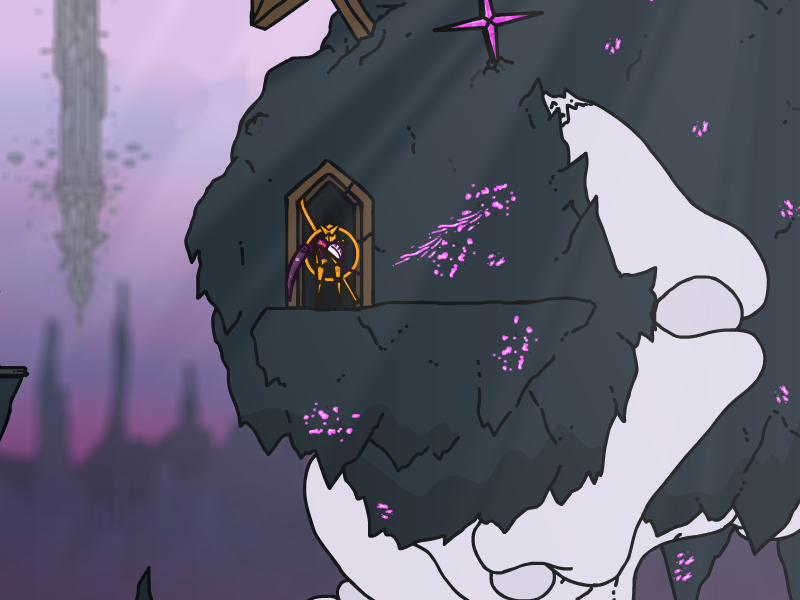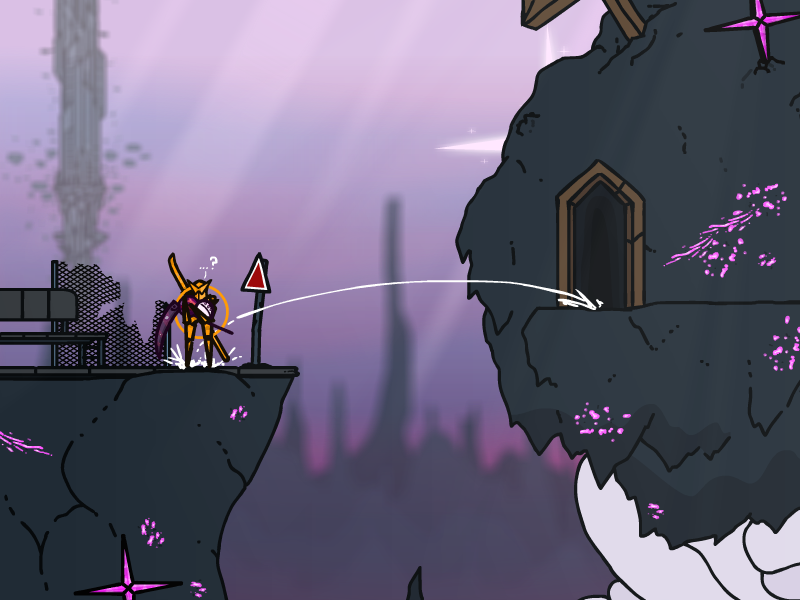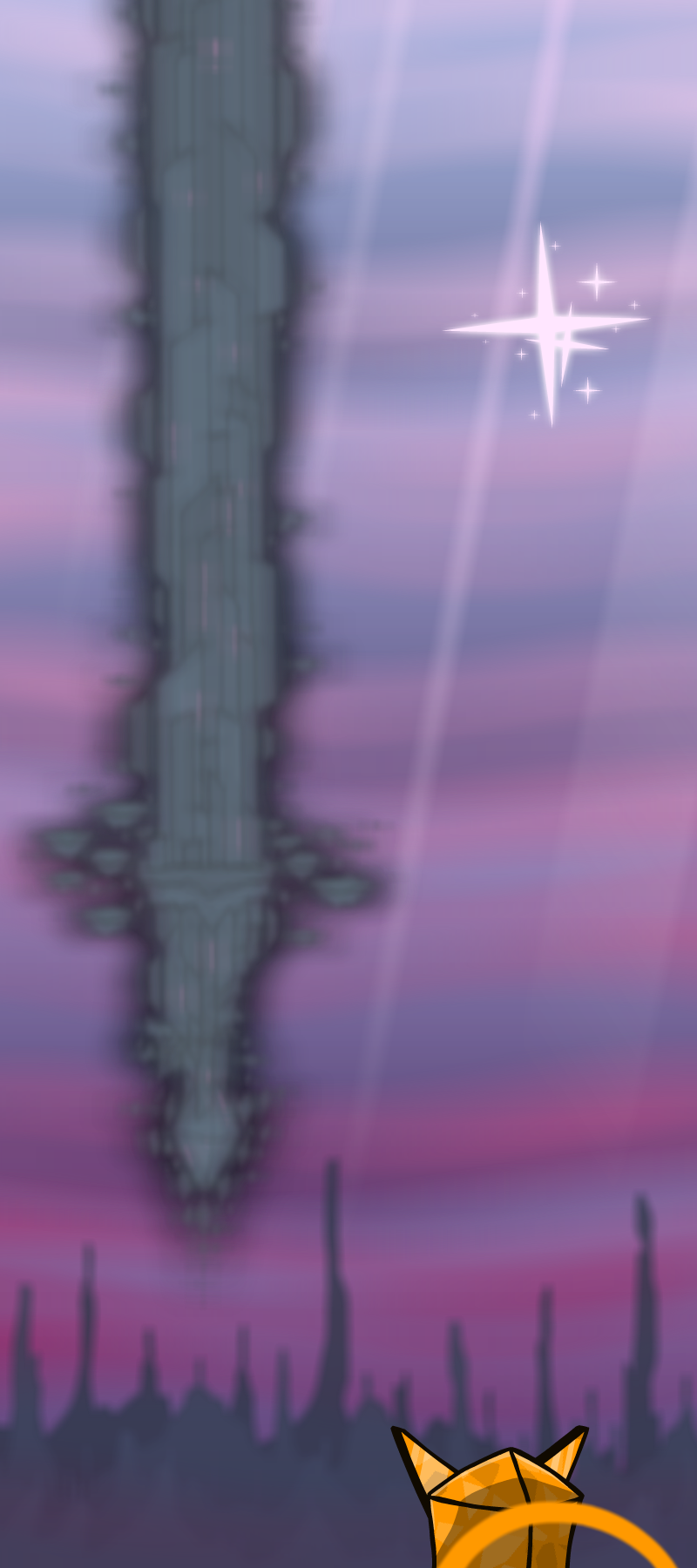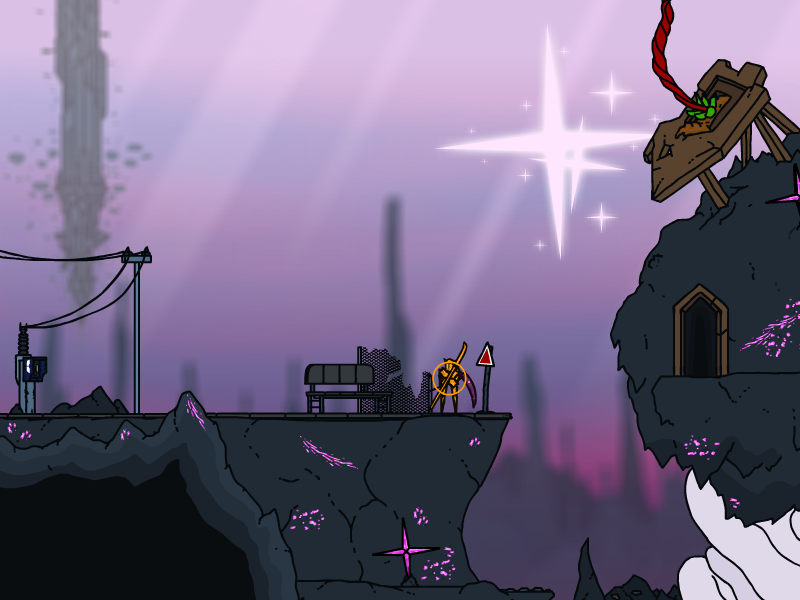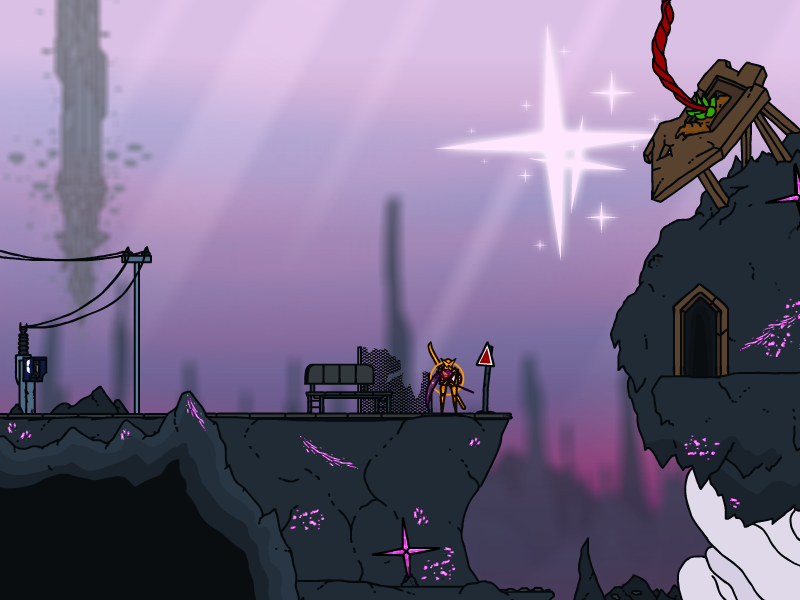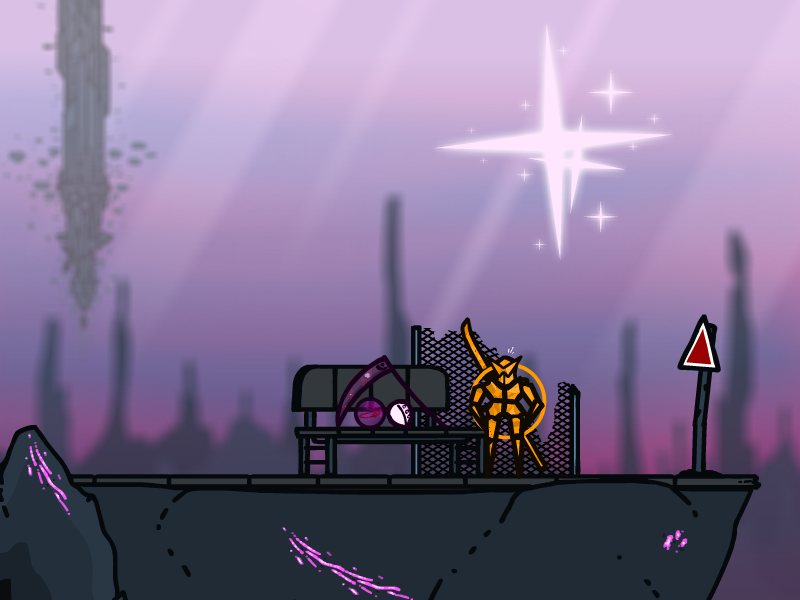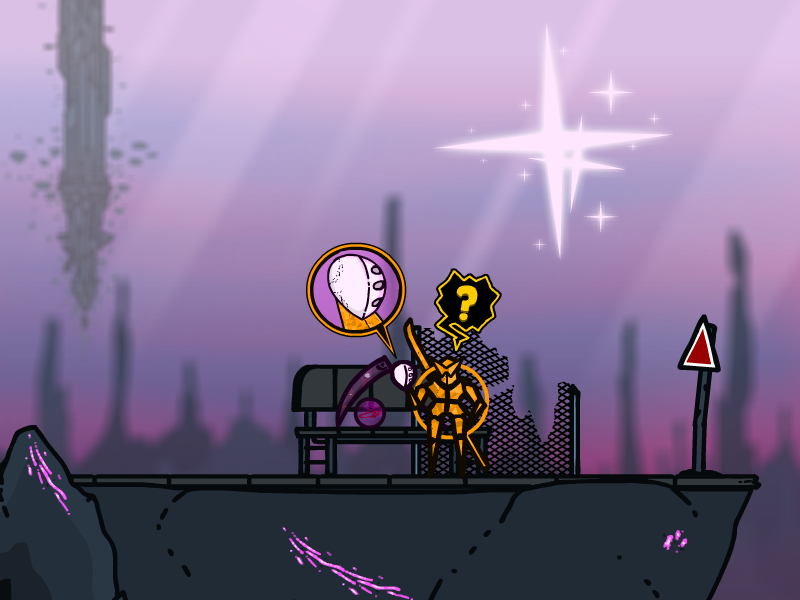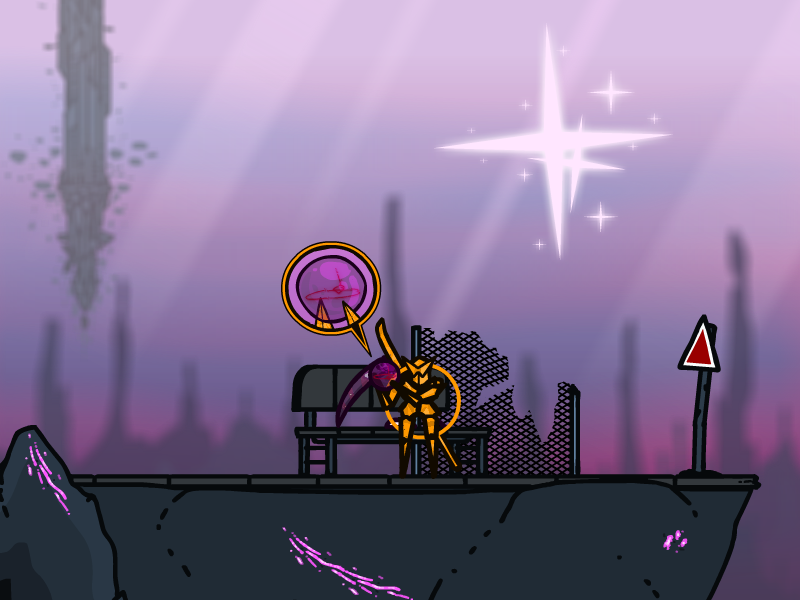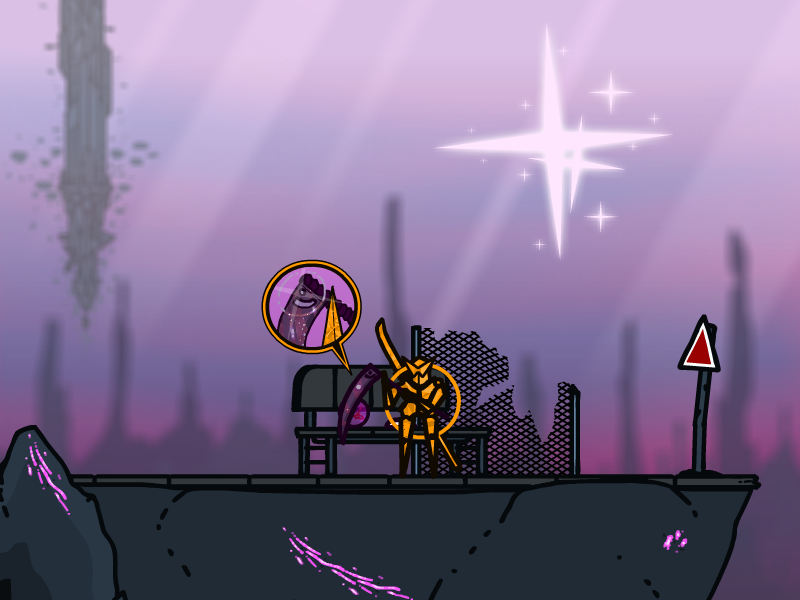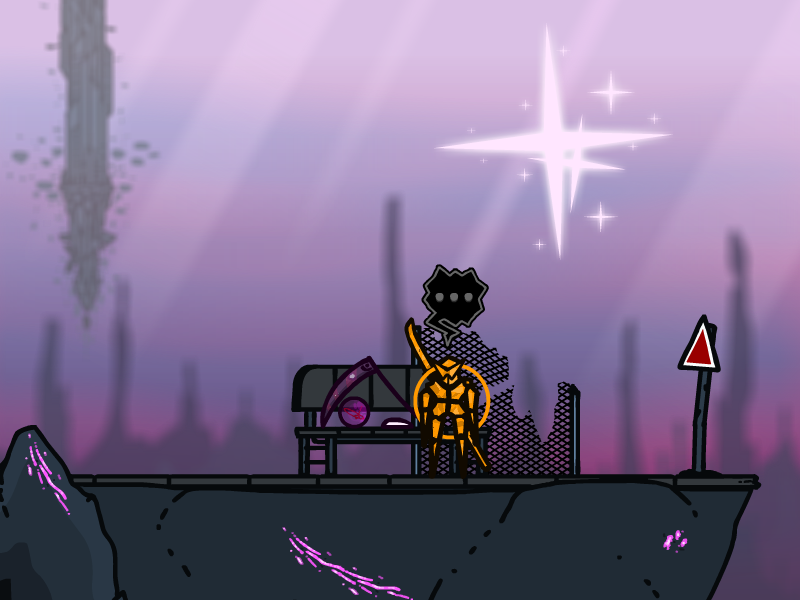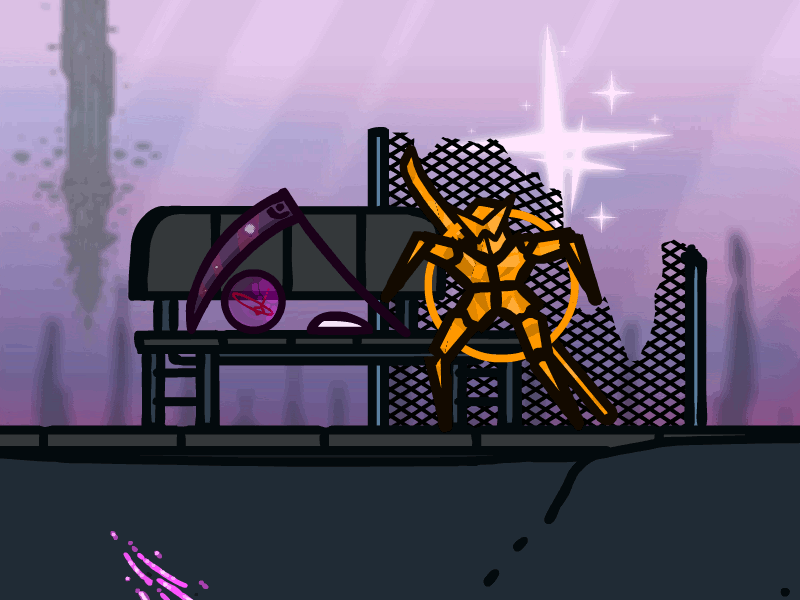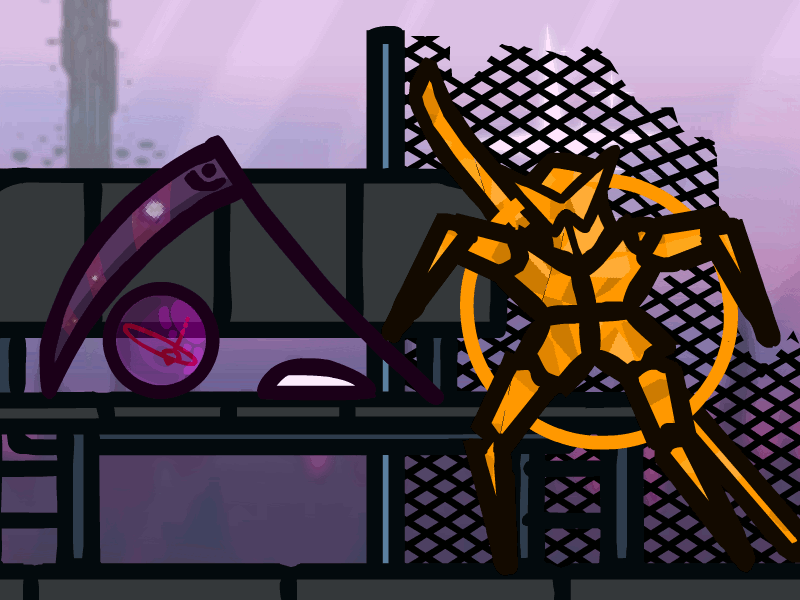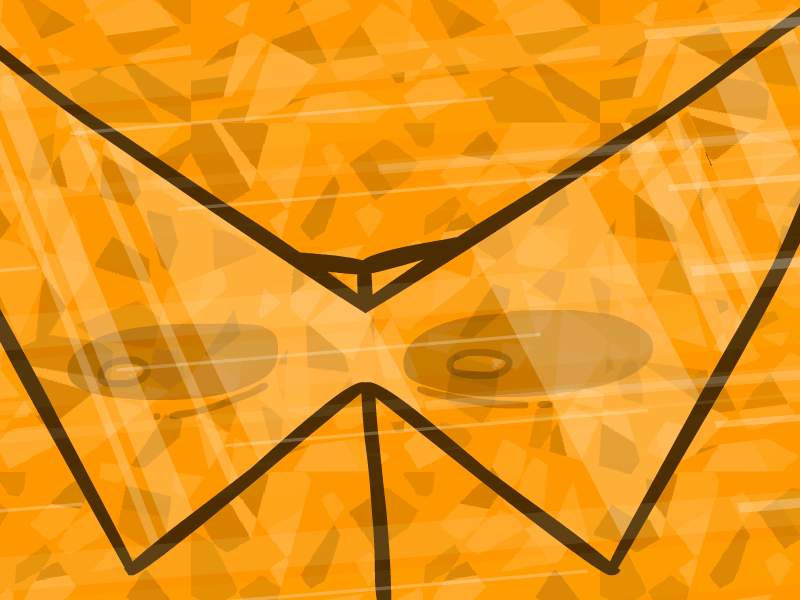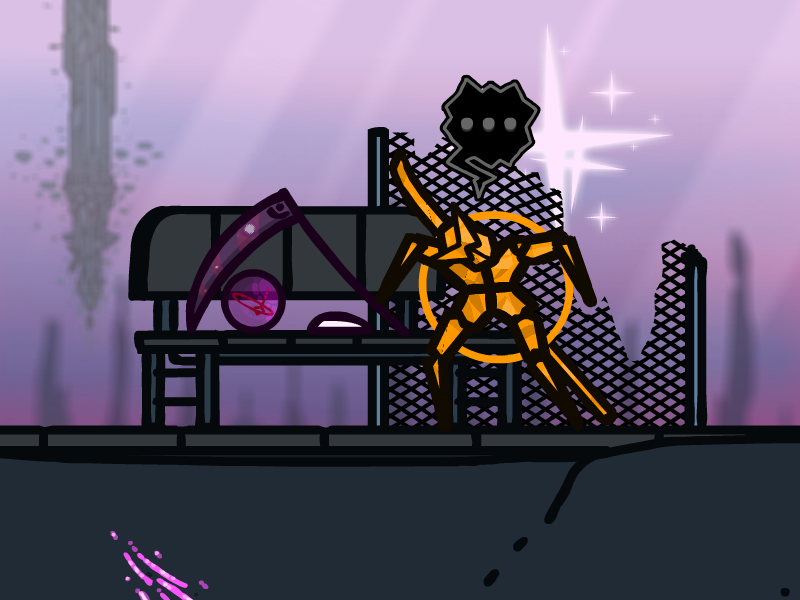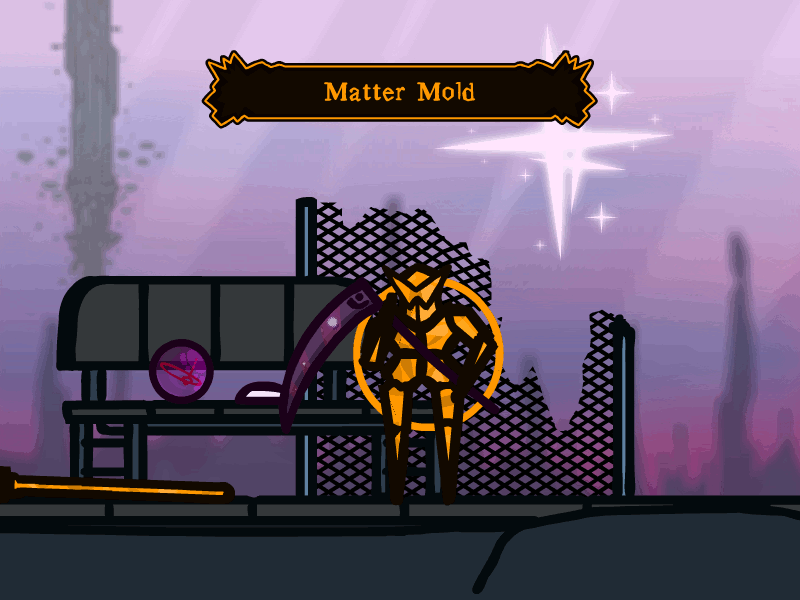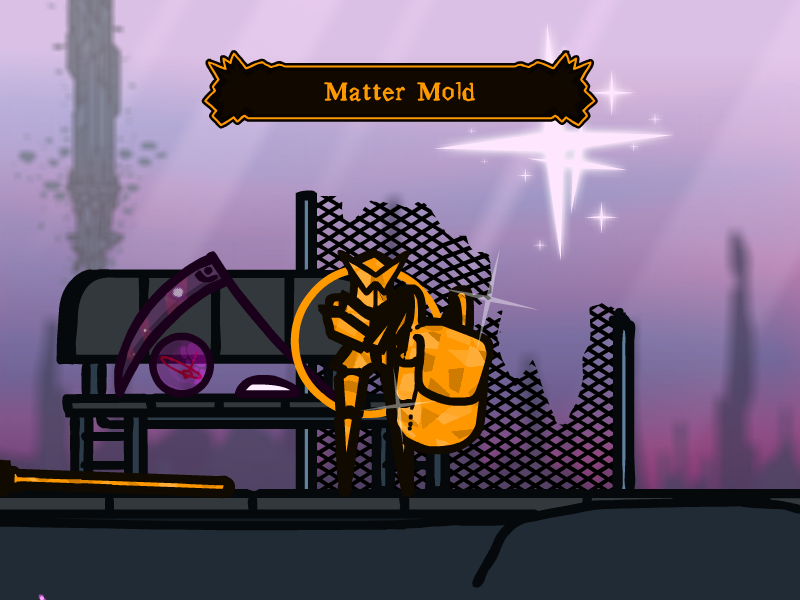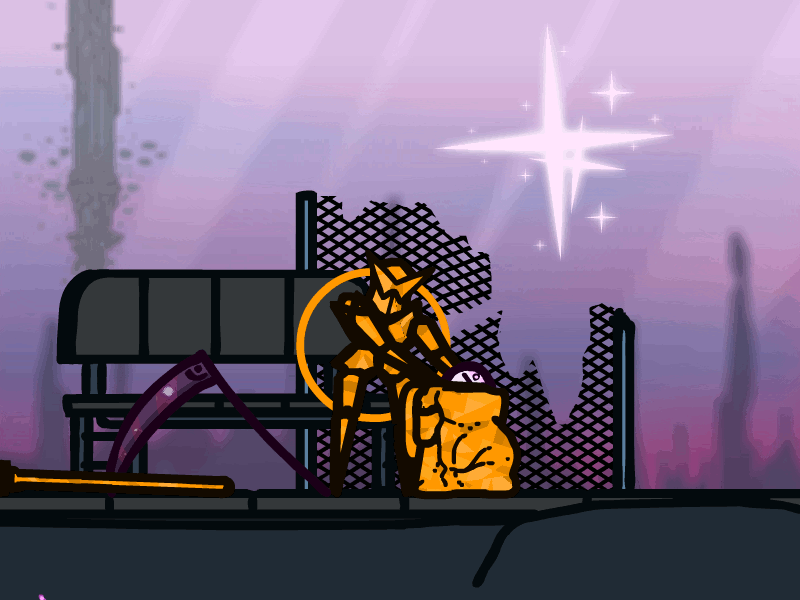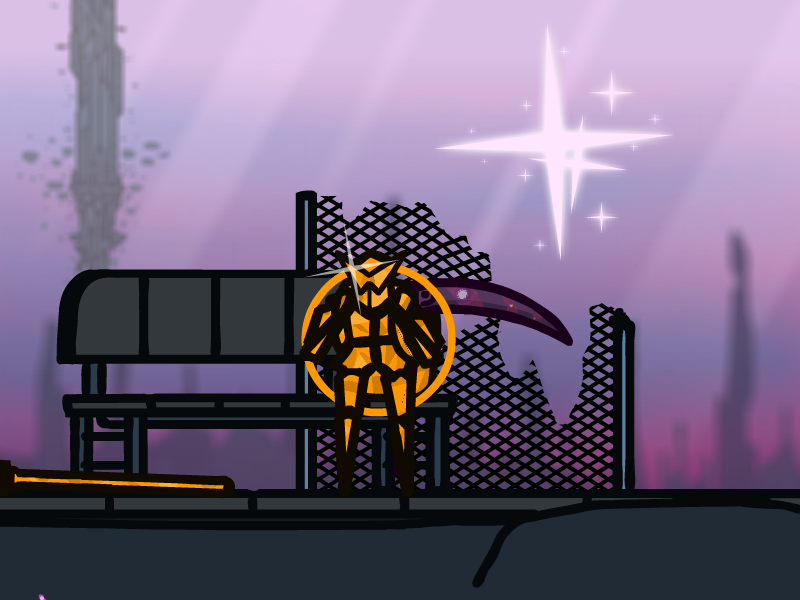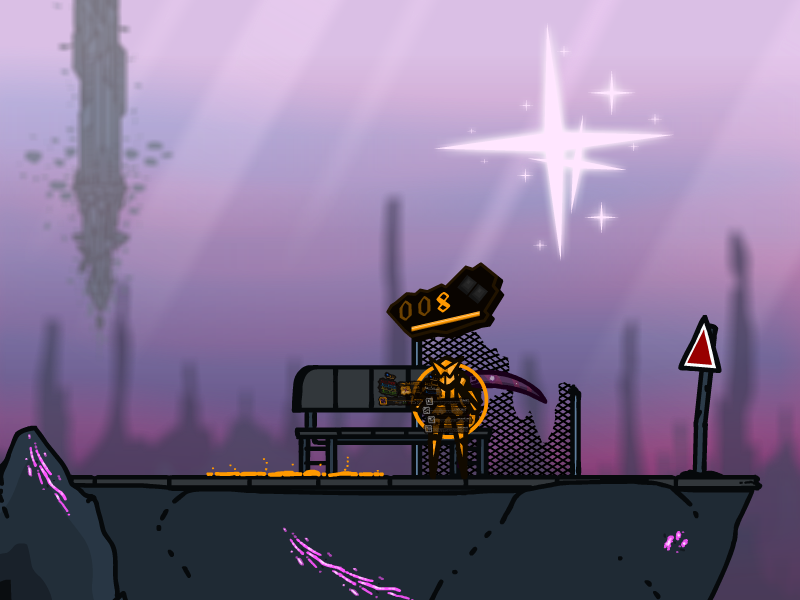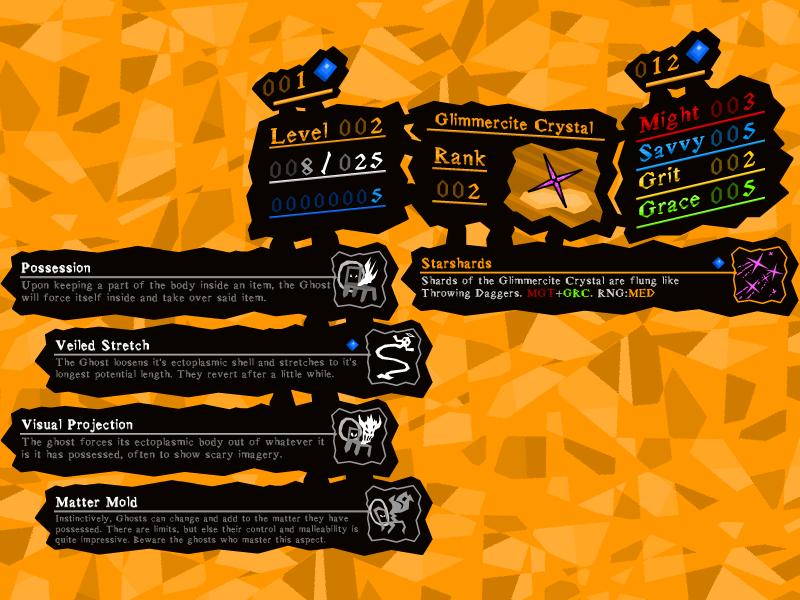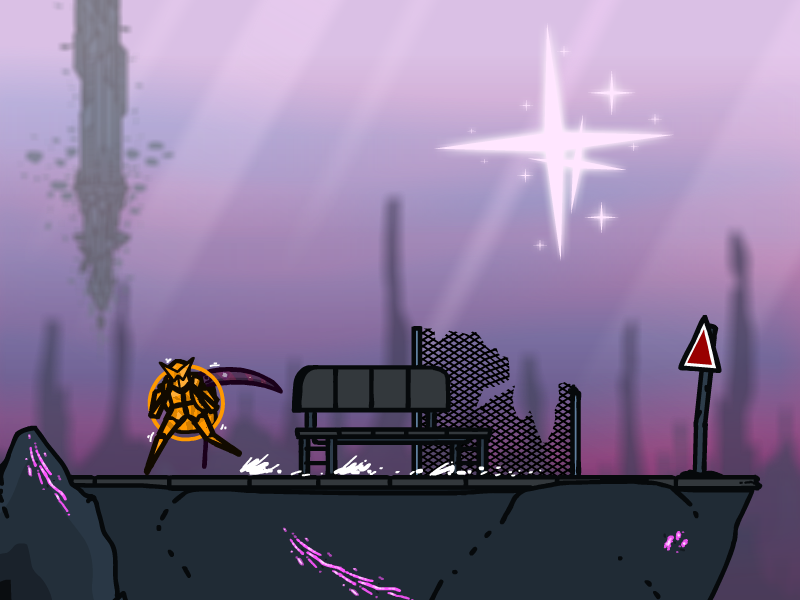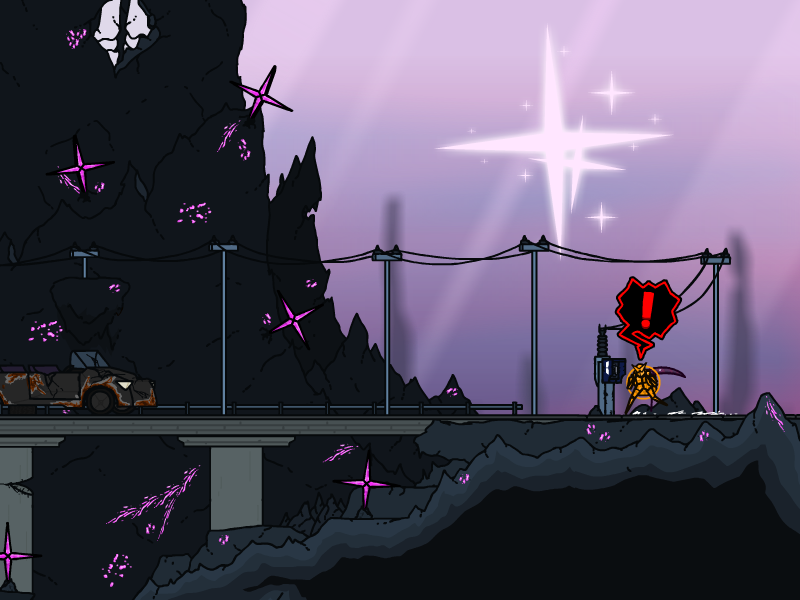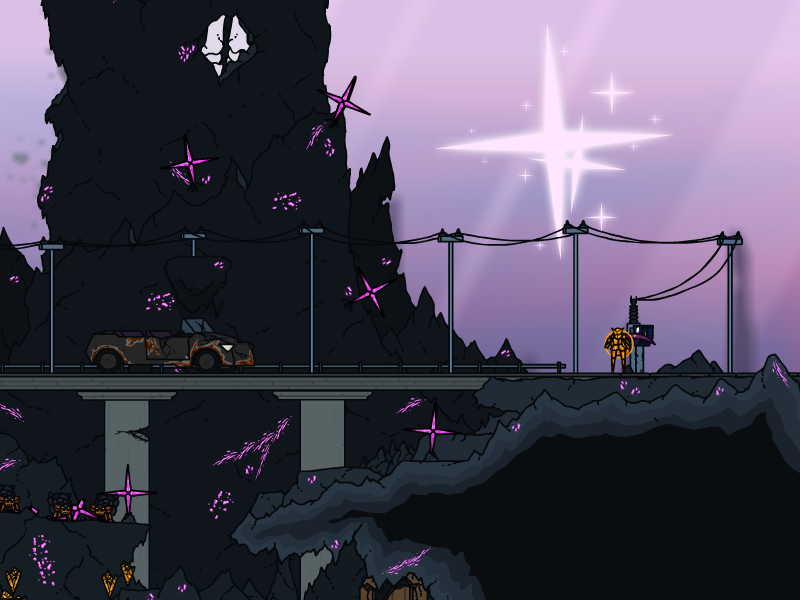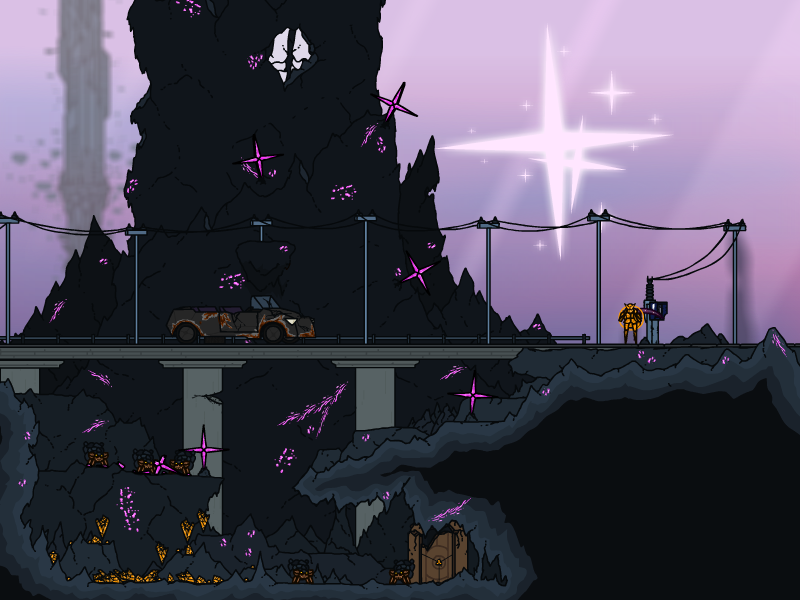WKZ is right, though the best way I have found is a balance of those three, because if you hyper specialize you become great at that one thing but then you also stagnate. Art is flow, its an ever present learning experience. When someone is drawing something, anything, they aren't spending the hours it takes to make that, they are literally adding the the YEARS of experience they have had before. It didn't take an hour to make that logo, it took 20 god damn years, you know?
Like literally the best course of action is just to try. I had no guides or help, I was alone in figuring everything out.
Either way, some tricks I guess:
This is how i have my interface. It gives me everything I need just within reach instead of having to open it.
All these functions are probably there from the start but its never bad to go over some basics:
Starting from the top:
The Windows tab allows you to open more of the many function windows that are present (the ones that the arrows are pointing at). You might be able to see similar names between windows and the options in the tab.
Behind the window tab that I opened is the TIMELINE! The most important thing when you are animating. It allows you to do shit inside of it, add keyframes and such so you can cheat the eye and make it seem like shit is actually moving. Simply put, whenever you right click and add a keyframe, you can change something in the new image and thats stored there. Every keyframe is a "new image" so to say, it remembers the situation going on in that layer at that point. When you really get fancy with layers and keyframes you can do some remarkable stuff but thats a little too advanced for this writeup.
Color and Swatches kind of says itself, its a color wheel and a swatch tab with a core collection of colors and all new colors you make with the color wheel and then grab with the eyedropper tool (hotkey: i ) are dropped in the swatches as well.
Align/Info/Transform I always keep as a trifecta over there because all of them is able to tweak whatever you select with either the selection tool (hotkey: v ) or the lasso tool (hotkey: L ). Basically, transform changes things in the context of percentage, info changes things in the context of pixels and align makes the thing "snap" to the vectors of other drawings.
Note: Everything drawn in flash, no matter what it is, is a vector. That's just how flash do.
The Library is very important to my work, because it stores the symbols! Ancient powerful constructs that-pff nah. Basically a symbol is a contained drawn element, its its own little thing with its own timeline. Most of my characters and things of interest, are symbols. symbols come in three forms, a movieclip, a button and a graphic.
Finally there are Properties/Filters/Parameters/Actions. Properties is where you change the aspects of the thing you currently have selected. For instance if you have a movieclip selected, you can change its "status" to stuff like "alpha" where you can make it see-through. This is also where you can change the state the symbol is, from movie clip to button or graphic and so on. Mind you, if you have a symbol pulled out from the library and change it in properties, only that one you pulled out is actually changed. The "master file" of the symbol still present in the library will still be whatever it is in there. If you want to change the master file you right click the symbol in the library and go to "type".
All of those words up there are important because only movieclips can have filters present on them. Filters allow you to blurr and change and wonk up movieclips! It's kind of neat :>
Parameters are........ An odd one. Frankly I only keep it there cause it looks weird without it now. I dont think I have ever used it.
Actions are basically the hub for Actionscript. It's there for me again because it looks weird without it. Actionscript is basically Flash's coding language.
....Wow jeez thats a lot of words. Let's leave it at this for now eh?



